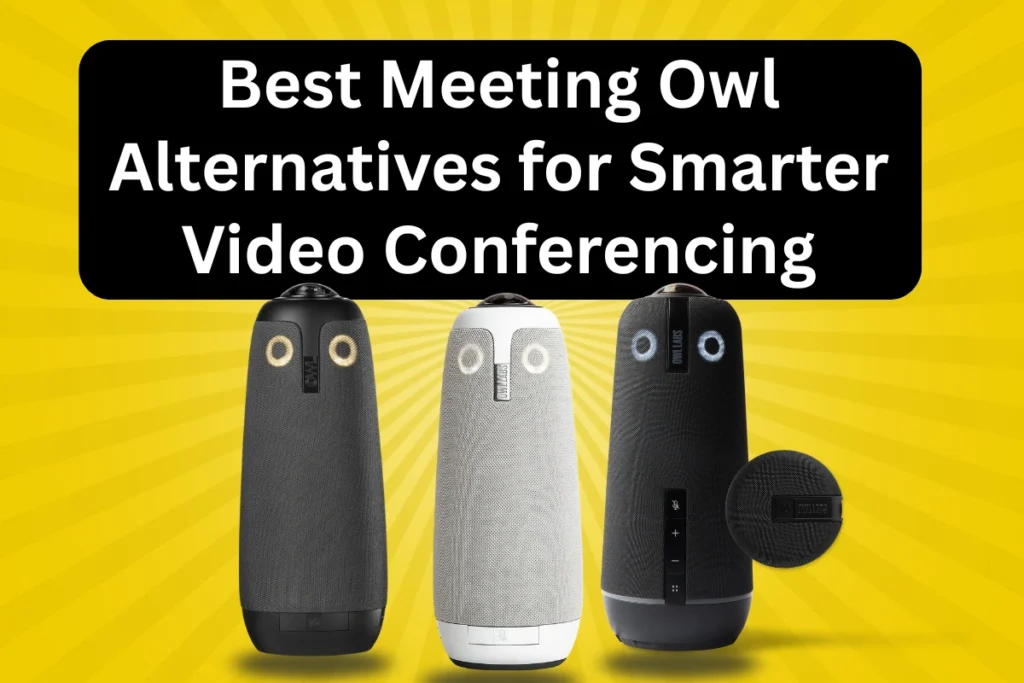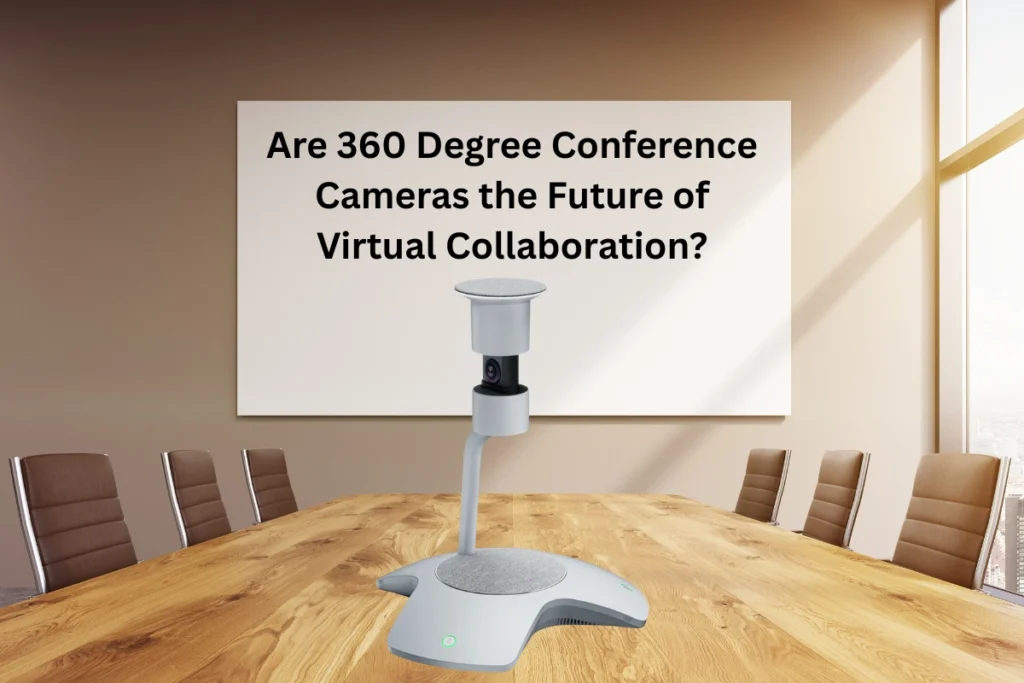Let’s spill the tea with honesty, video calls aren’t going anywhere. Whether you are running or working in a hybrid office, closing deals across time zones, or trying to get your remote team on the same page, choosing the best video conferencing system is basically not a luxury anymore; it’s a day-to-day need now. We all need it to get our needs done and mission accomplished.
But here is a main thing about electronic gadgets: there is no one-size-fits-all. Just like your favorite pair of footwear or your go-to coffee order, the right system depends on your needs, team size, room setup, your budget target, and above all, your business needs and goals.
But still, if you want to search for the best video conferencing system from the best and most trustworthy video conferencing equipment supplier, then visit our website.
So, what really makes a video conferencing system the best? Let’s break it down.
1. What is a Video Conferencing System?
At its core, a video conferencing system is basically a combination of hardware and software that lets people connect face-to-face, even when they’re miles away from each other. We are talking about:
- Hardware: cameras, microphones, speakers, touch panels, and sometimes dedicated all-in-one bars like the Yealink MeetingBar A20.
- Software: Zoom, Microsoft Teams, Google Meet, or proprietary platforms.
- Integration: Devices that sync with calendars, room scheduling displays, whiteboards, and more.
It’s more than just calling someone on screen. It’s about stress-free collaboration that feels almost like being in the same room.
2. What Makes a Video Conferencing System “The Best”?
The best system will check all your boxes, like:
- Crystal-clear video.
- Echo-free, natural audio.
- Reliable connectivity.
- Easy integration with your preferred platform (Teams, Zoom, etc.).
- Adaptability for messy rooms to boardrooms.
- Easy setup and remote management.
And if we’re being real, besides your needs, gadgets have to look good in your space, too.
3. When Should You Upgrade or Invest in a System?
If you’re still relying on laptop webcams, scattered mics, or flaky Wi-Fi to get through team meetings, it’s probably time. Here are a few signs:
- Your hybrid team complains about poor audio or video quality
- You host clients or presentations virtually
- You’re scaling fast and need to unify communication
- You’re juggling multiple platforms that don’t “talk” to each other
Pro tip: Don’t wait until a deal goes sideways or a CEO meeting crashes to realize your setup needs an upgrade. Check out our top-notch conference microphones, in case you need to upgrade your business class.
4. Benefits of Using a High-Quality Video Conferencing System
- Better Collaboration:
With reliable tech, teams communicate clearly and feel more connected. No more “Can you repeat that?”
- Enhanced Productivity:
Cut down on travel, technical issues, and awkward pauses. Meetings become shorter and more effective.
- Professional Impression
Whether it’s a sales pitch or a webinar, your setup reflects your brand. Grainy video just won’t cut it.
- Future-Proofing
Modern systems like the Yealink MeetingBar A40 are AI-enhanced, auto-framing, and voice-tracking. Smart tech is equal to smart business.
5. What Types of Video Conferencing Systems Are Out There?
Let’s compare the main categories:
| System Type | Best For | Example Products |
| All-in-One Bars | Small to mid-size rooms | Yealink A20, Yealink A40 |
| Modular Setups | Large boardrooms | Separate cameras, mics, speakers, and controllers |
| Portable Systems | On-the-go teams or remote work | Webcams, speakerphones (like Yealink UVC20 + CP900) |
| Integrated Room Kits | High-end enterprise spaces | Full-suite systems with control panels and AV gear |
6. Wired vs Wireless Systems: Which One’s Better?
It depends on your room and use case:
- Wired: More stable, better for permanent meeting rooms
- Wireless: Easier setup, fewer cables, good for small rooms or temporary setups
Check out our detailed comparison of Wired vs Wireless Headsets for a similar breakdown that applies here, too!
7. How to Choose the Best Video Conferencing System (Checklist)
Here’s what you need to check and consider before making a final decision on which best video conferencing system you should buy:
- Room size.
- Number of participants.
- Preferred platform (Teams, Zoom, etc.).
- Budget range.
- Audio and camera quality.
- AI features (auto framing, noise cancellation, etc.).
- Mounting or mobility requirements.
- Compatibility with existing devices.
And don’t forget: Spoglink has pre-tested, business-grade systems that are certified for Microsoft Teams and Zoom.
8. Best Video Conferencing Systems in 2025 – Spoglink Recommends:
Here are our hand-picked favorites for 2025:
- Yealink MeetingBar A20
Perfect for small rooms. Built-in 20MP camera, 133° wide-angle lens, AI-powered. Plug and play!
- Yealink A40
Mid-size room solution. Dual-eye camera with speaker tracking and auto framing.
- Yealink MVC S40
Great for boardrooms or larger meeting spaces. Modular flexibility + high-quality AV output.
Explore our full Video Conferencing Systems Category for more options.
Final Thoughts: So, What’s the Best Video Conferencing System?
You want the truth? It depends on your space and your people. But no matter your setup, investing in the right tech now will pay off in better present and future meetings, clearer communication, and a more professional image.
If you want a hands-free, AI-powered, plug-and-play system, Yealink is your best bet—and Spoglink is where you get the real deal.

Spoglink: Where Smart Buyers Go for Smarter Gear
Join thousands who rely on us for quality, performance, and real support.





